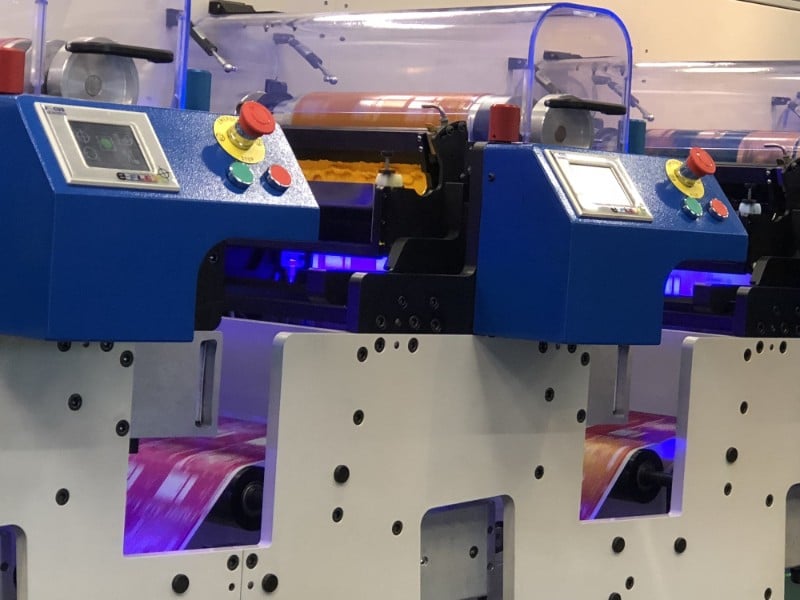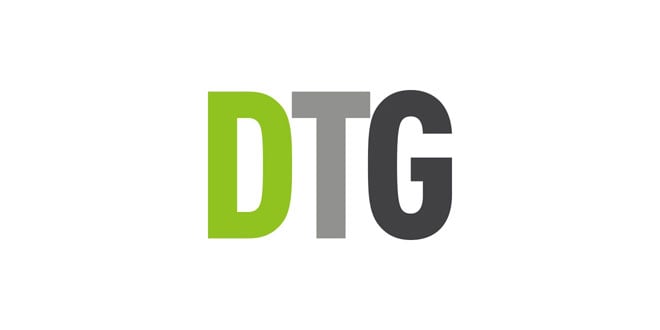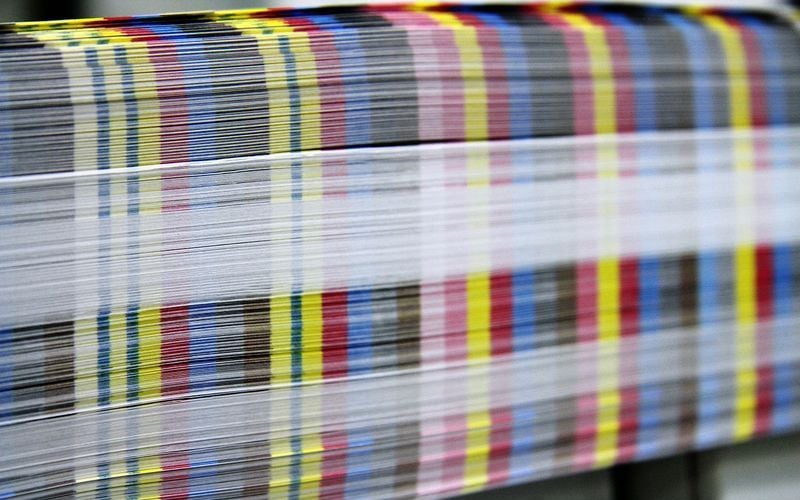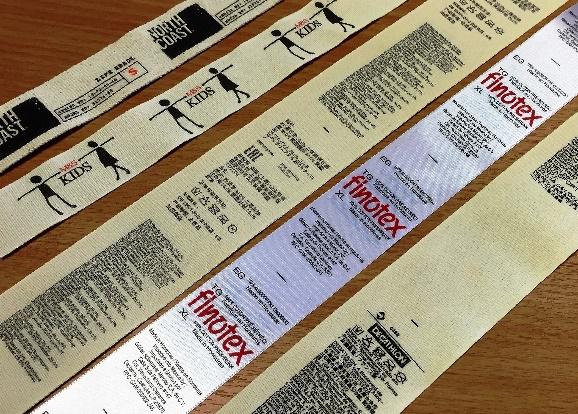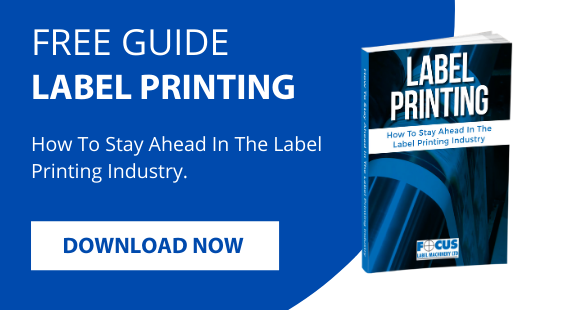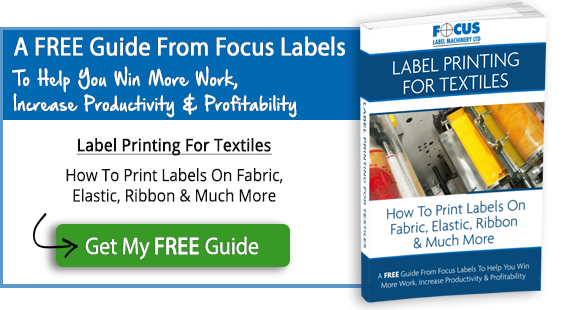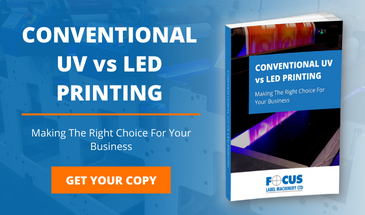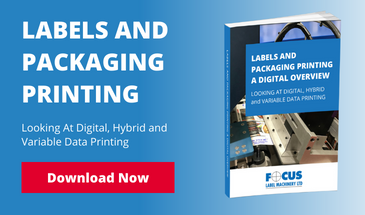Invitation To Visit Focus Label Machinery Ltd & Our Manufacturing, Production & Showroom facilities 26th & 27th March 2019 Focus Label alongside partners Phoseon Technology and Industrial Inkjet will be showcasing UV LED and Digital Inkjet solutions in both flexo and inkjet, presenting the latest in drying systems and the latest KM1800i heads at our showroom here in Bingham close to Nottingham.
We Are Attending The DTG 2019 Exhibition
Focus Label will be attending the DTG 2019 exhibition this week.
What's New In The Flexo Press Industry?
By 2022, the global label industry is forecast to be worth £35.4 billion, and flexography as a whole over £106 billion. Although digital and hybrid machining is now an important part of this market, it is relatively small & flexographic printing machines will remain at the heart of the industry. This is partly because flexographic machines have a long service life, and the majority run lengths are still high volume for our consumer & retail markets.
How To Get The Best Value From Your Printing Press
In recent decades, the digital age has had a large influence on the printing industry and instrumental in improving & regulating industry standards. From management software controlling stock, quoting jobs, Production control to graphics production there has never been a more exciting time for the industry. What was only available to large corporations is now within the realms of most small to medium size companies.
Secura Labels – Case Study Focus Label Machinery Proflex 330E
Secura Labels Ltd, based in Derbyshire UK, are a specialist label printer producing logistics, food, pharmaceutical, hospital trusts, security, packaging and automotive self-adhesive labels. In October 2017 they took delivery of the very latest 6 colour, full UV Proflex 330E flexo press, manufactured and supplied by UK manufacturer, Focus Label Machinery Ltd.
Staying Ahead In Printed Ribbon & Garment Label Business In 2019: Our FREE Investment Guide
2018 has been a hectic and interesting year for our textile printing equipment business. Whilst the majority of new installations have been in Asia, we have seen trends developing that has seen a recovery in production requirements in Europe, especially in labelling for household & soft furnishings. There are changes, often in surprising directions. The long heralded decline of traditional printing methods for ribbons & narrow textiles has not only failed to materialise, but the opposite has in fact occurred. Letterflex/Flexographic/Silk Screen methodologies and technologies are still going strong – the latest design machines offering unparalleled flexibility and productivity to enterprising businesses.

